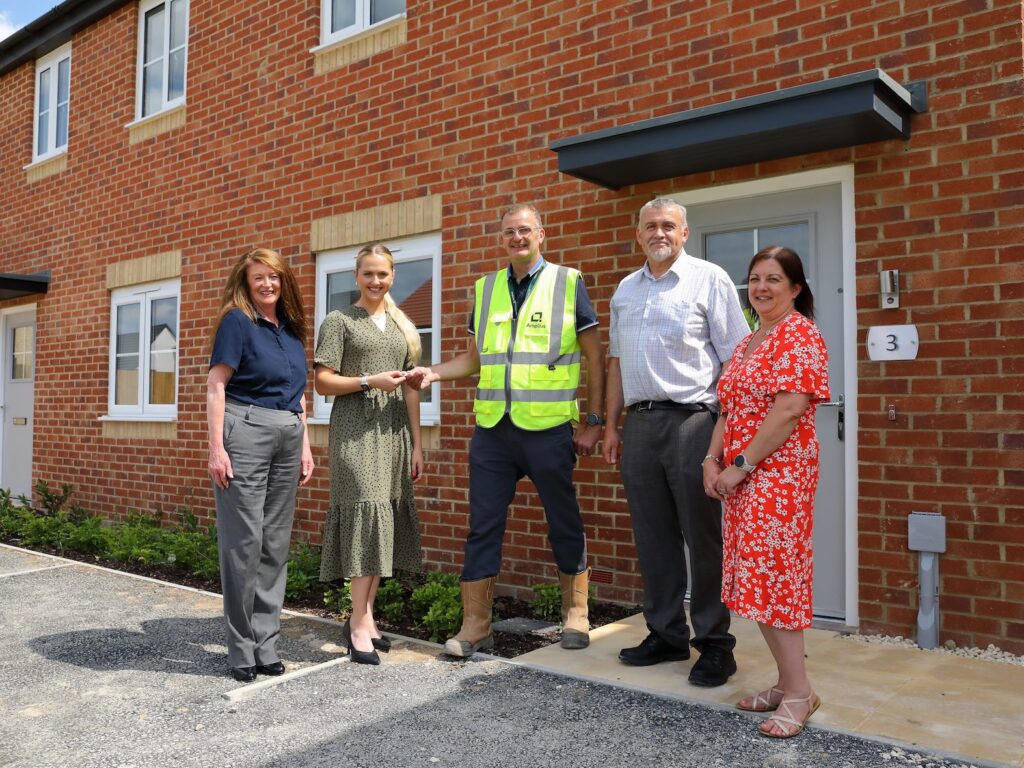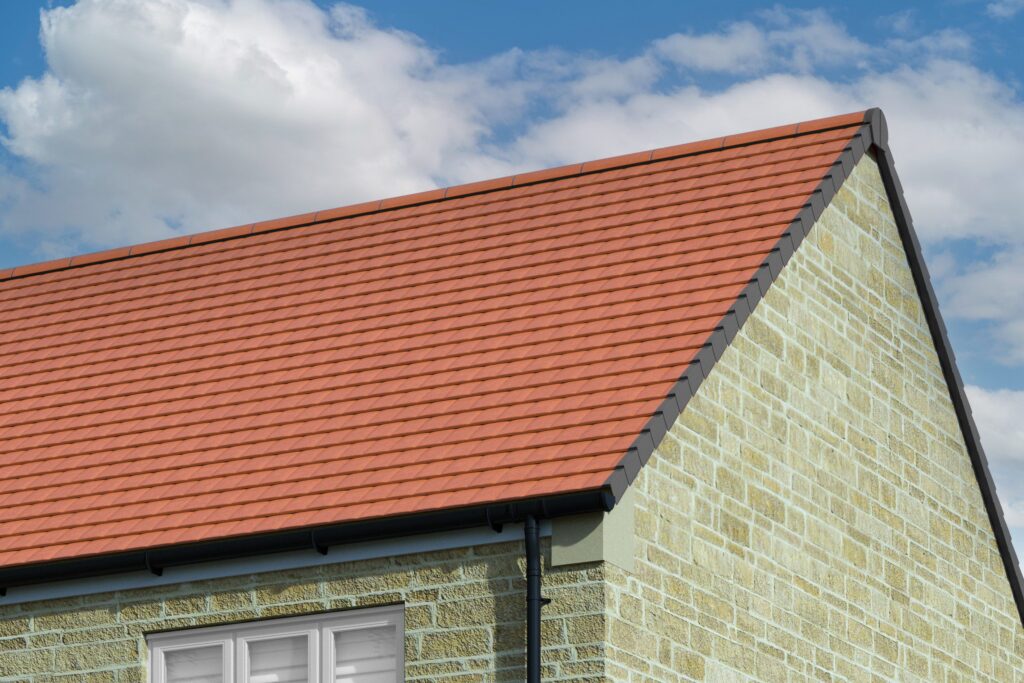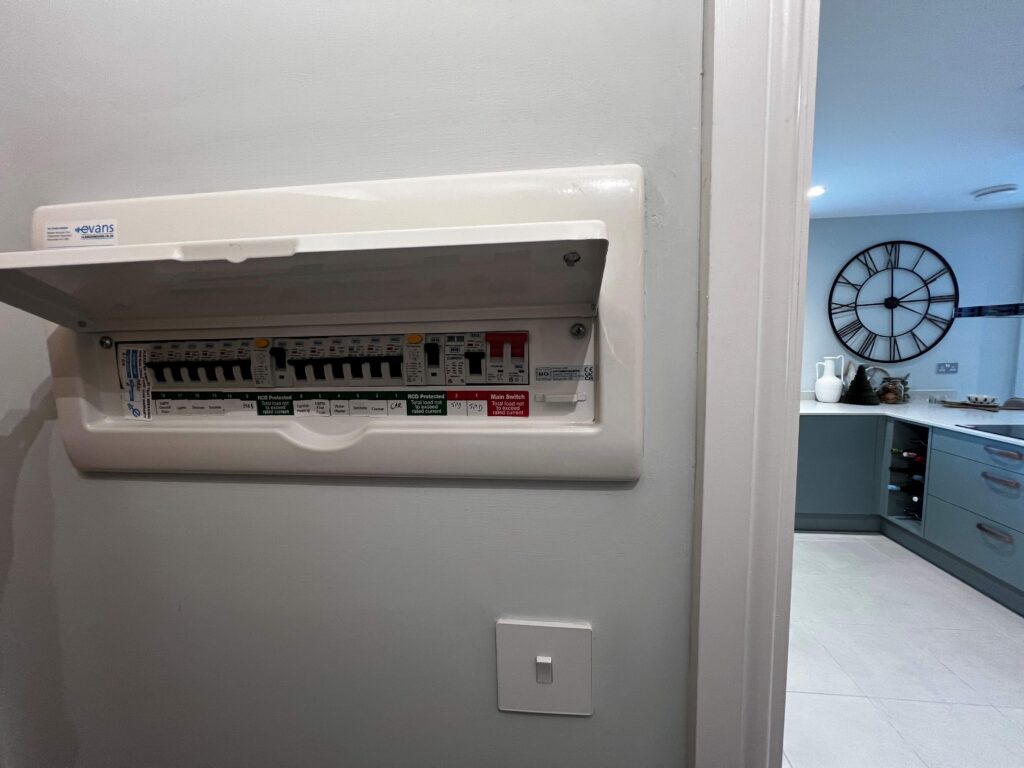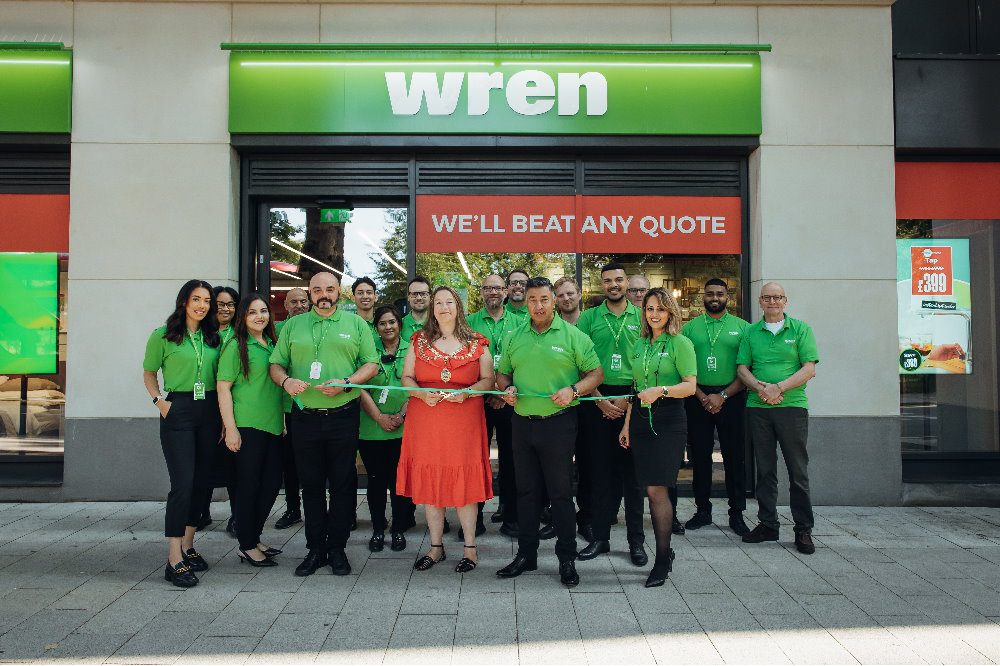Reece Dopson, Finance Director at Pulse Fibre, delves into the advantages of full fibre broadband and how it’s shaping the future of smart homes and sustainability in residential builds
Can you explain the key differences between full fibre and other types of broadband technologies, and why full fibre is becoming increasingly important for new developments?
Full fibre, also known as Fibre to the Premises (FTTP), delivers broadband via fibre-optic cables directly to homes or businesses. This is different from older technologies like Fibre to the Cabinet (FTTC) or traditional Asymmetric Digital Subscriber Line (ADSL). FTTC relies on fibre to the local cabinet but uses copper wires for the last stretch to the premises, which can slow speeds significantly. ADSL, on the other hand, uses copper for the entire connection, leading to even lower speeds and less reliability.
The key advantages of full fibre are its faster speeds (up to 10 Gbps + higher), greater reliability, and reduced latency. It is not affected by distance from exchanges or cabinets, which is a limitation of copper-based networks.
Full fibre is becoming increasingly important for new developments due to the growing demand for high-speed, stable internet, driven by remote working, smart homes, and data-heavy applications like video streaming. As future technologies evolve, full fibre ensures the infrastructure is robust enough to handle the increasing digital demands. Developers see this as essential for ensuring long-term connectivity and future-proofing properties.
With the growing demand for faster and more reliable internet in homes, how do you see full fibre broadband impacting the housing market, particularly in terms of property value and buyer expectations?
Full fibre is now the standard in new homes. There are many studies showing houses with FTTP having higher value, which is even further enhanced with day one connectivity. There has also been an evolution in bandwidth demand, with an increasing need in line with historic rates (2000 <1cMb, 2020 c50Mbps). This can all be attributed to the increase in our household internet needs such as streaming, home working, smarter homes, better TVs, all contributing to an increased data consumption which is further compounded with more homes being built.
What are the primary challenges in rolling out full fibre broadband across the UK, especially in new-build developments, and how can these challenges be addressed?
There is a need for more cohesive planning and master planning, with earlier collaboration, which would help support the ability to deploy broadband infrastructure that not only meets present needs but is futureproof.
Greater collaboration between other utility companies would also be beneficial to access multi-service trenches (predominantly offsite) and reduce duplication of civils. Better regulation from OFCOM would also encourage more stable asset classes, with higher standards across the board.
How does full fibre broadband support the rise of smart homes and IoT (Internet of Things) technologies? Why is it considered essential for the future of home automation?
FTTP plays a pivotal role in supporting the rise of smart homes and IoT technologies due to its ability to provide significantly larger bandwidth and faster speeds. In modern smart homes, a wide range of devices including smart thermostats, security cameras, and entertaining systems, all require stable, high-speed internet connections to be able to function optimally. FTTP ensures the robust connectivity needed by offering higher capacities for data transmission.
There’s a lot of discussion about future-proofing homes. How does the installation of full fibre contribute to the long-term value and adaptability of residential properties?
In our digital age, where almost every aspect of life involves being online, having fast, reliable, and stable internet infrastructure is as essential as utilities like electricity and water. There is a need for more stable broadband infrastructure that is regulated like other utilities. Water, gas, and electricity are better regulated, meaning they invest in and maintain existing networks rather than building duplicates, which is not the case with broadband and the high levels of overbuilding we are witnessing.
Just as the rest of the utilities sector is regulated to protect consumers from unfair pricing and to ensure reliable service, a similar approach is needed in the broadband industry. Full fibre installation contributes to a home’s long-term value by providing a robust, reliable infrastructure but regulation must start to help safeguard the long-term utility of full fibre networks.
As more homes and devices rely on high-speed internet, how does full fibre broadband ensure that developments are prepared for increasing data demands over the next decade?
Full fibre broadband ensures that homes and developments are prepared for increasing data demands by offering speeds of up to 10Gbps, with the potential for even higher speeds as technology evolves. Unlike older copper-based networks, which require extensive upgrades to increase capacity, full fibre infrastructure is future-proof, meaning it can support growing data needs with minimal physical changes.
Sustainability is a growing focus in the construction industry. How does full fibre broadband align with sustainability goals, and what role does it play in reducing the environmental impact of digital infrastructure?
Full fibre broadband supports sustainability by minimising overbuilding and utilising eco-friendly materials. The installation of a single network deployment reduces waste and limits the environmental impact associated with excavation and construction activities.
The use of sustainable materials, such as polyethylene instead of uPVC, enhances the environmental profile of fibre installations. Direct-burying armoured cables minimises the need for additional protective structures, thus reducing overall material consumption.
By laying fibre cables alongside other utilities, such as water and electricity, full fibre broadband installations can significantly cut down on redundant civil works. This approach not only decreases the carbon footprint associated with construction activities but also limits disturbances during the build process.
Pulse Fibres full fibre broadband plays a significant role in advancing sustainability goals by optimising resource use, reducing waste, and facilitating a more environmentally friendly approach to digital infrastructure development.
Read more news and exclusive features in our latest issue here.
Never miss a story… Follow us on:
Showhome
@Your_Show_Home
@Showhomemag
Media Contact
Joseph Clarke
Editor, Showhome
Tel: +44 (0) 1622 823 920
Email: [email protected]











